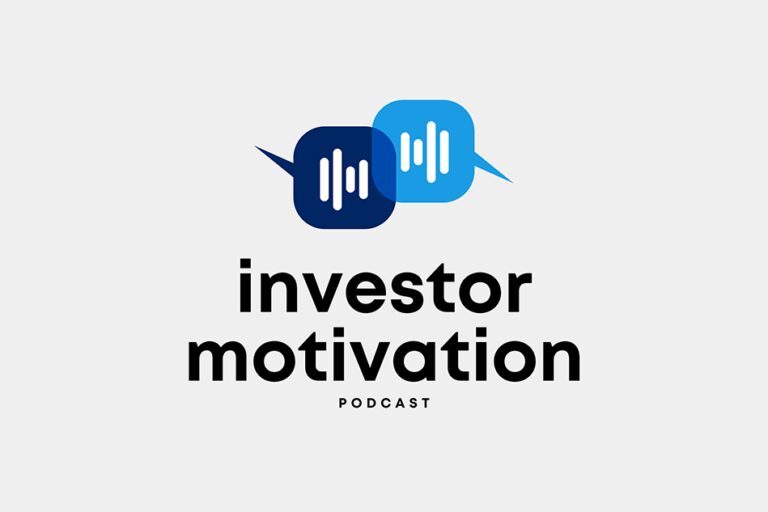While millennials have for decades been treated like ‘the children of Neverland, who never grew up’, reality is fast catching up with this generation, who are now young adults between the ages of 24 and 40. Like generations before them, they are now buying, or at least trying to buy, homes and starting families of their own. And with this, the stark reality is that their retirement is looming just around the corner in the early years of 2050. For all too many, planning for their retirement is just something they don’t want to face. But the reality is that the sooner they start ‘mapping’ or preparing for their retirement, the better off they will be. According to Investopedia, if you are a 26-year-old millennial, you should aim over the next four years to have at least one year’s worth of income in your superannuation fund. If you are a 40-year-old millennial, you should already have three times your annual income in super. They suggest millennials should contribute at least 15 per cent of their gross salary, including the 10 per cent compulsory super guarantee contribution, to superannuation each year if they have any chance of achieving a secure retirement. This seems a pipe dream for Marion, who is 29 and earns $95,000 a year as a successful professional accountant. While her employer contributes 10.5 per cent of her income to super, she has less than $100,000 in super, and is more focused on boosting her non-super savings of $75,000, so she can buy a small apartment. She is not alone. Most millennials, burdened by HECS debts and increasingly casual employment arrangements, will find the need to boost their super contributions a challenge, especially as most millennials, like Marion, are also struggling to save a deposit for an ever more expensive home of their own. They know they will live longer than previous generations and that health and living costs will be much greater for them in retirement, while social security entitlements will be much less than what their grandparents received. Nonetheless, when asked, millennials want to retire earlier than previous generations and are looking for a different type of retirement. One where they can travel more while still enjoying doing so and keep working on a casual part-time basis, but only if they enjoy the work. All of this means that amongst all the competing demands on their time and money, superannuation has to become part of the landscape of Neverland. For Marion, it has meant searching for a better superannuation fund with lower fees and better investment options while scaling back her plans to buy an apartment and perhaps relying more on the Bank of Mum and Dad to help her do so. As previous generations have done, millennials need to take control of their superannuation, and the sooner, the better. The first step is to consolidate any multiple super accounts into one and then, wherever possible, boost their contributions to the magic 15 per cent mark. Happily, most millennials, including those who are self-employed, will have a super fund and will only need to add an extra 5 per cent to take their total contributions to 15 per cent of their prevailing salary. Then they can leave compound interest to work its magic and, like a snowball rolling down a hillside, build the balance within their super. It’s then a matter of working closely with our advisers who can ensure your superannuation stays on track and help you to achieve the best possible outcomes when you do start thinking seriously about retiring. The information provided in this article is general in nature only and does not constitute personal financial advice.























